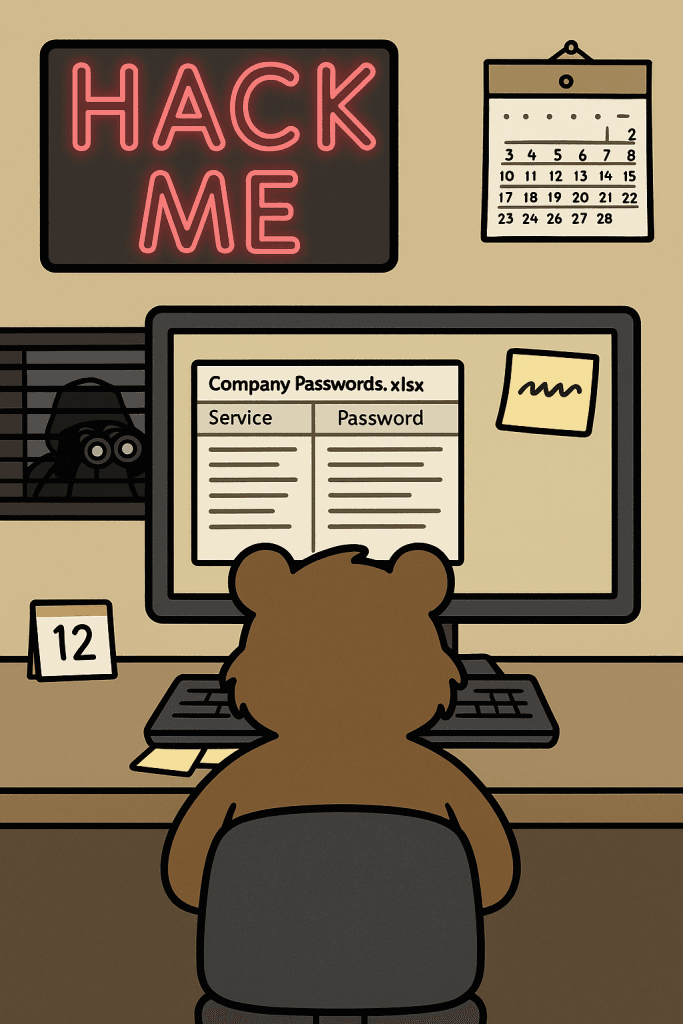Techbear’s Guide to the Multiverse: Wormholes, Warzones, and Wisecracks on Deep Space 9 (Part 1)
When Your Coffee Connection Fails in the Worst Possible Way The first sign that Techbear knew he was in for a particularly fabulous day was the distinct lack of a stable coffee connection in the dimensional transit chamber. Usually, the displacement vortex provided a smooth, if slightly nauseating, ride directly to the trouble-ticket coordinates. Today, […]









